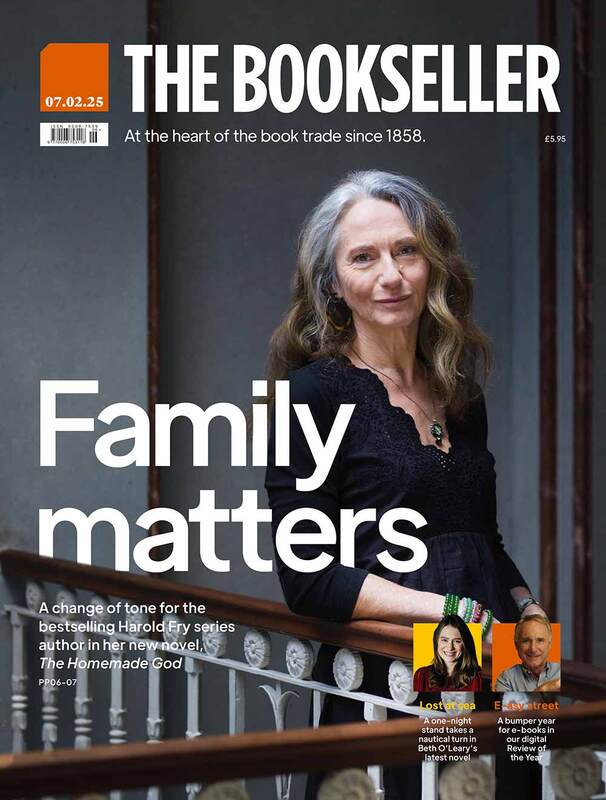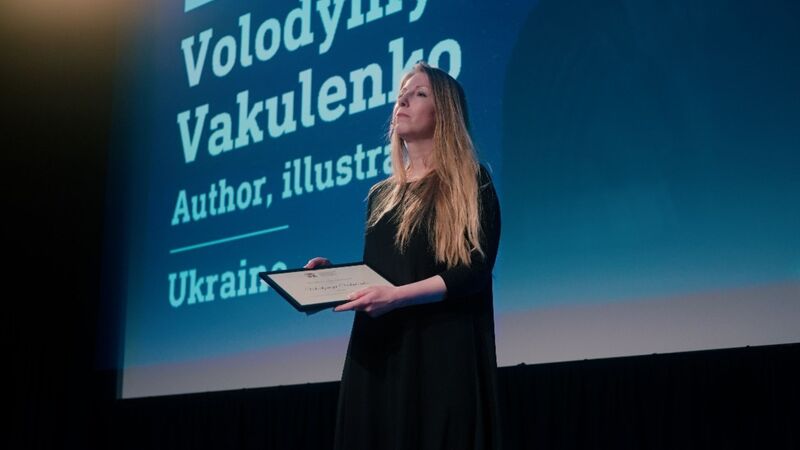What is erotica? For the purposes of this piece, let’s say it is written material designed primarily to arouse. Unless you count the Old Testament’s strangely sensual Song of Songs (in which case, congratulations and commiserations on the hair-trigger sensitivity of your libido), our salacious story begins with the ancient Greeks, whose Straton of Sardis produced an anthology of erotic epigrams entitled The Boyish Muse. He has since been overshadowed by Sappho, a female poet from the island of Lesbos, from whose name and proclivities (at least as they were perceived by later readers) we get the terms ‘sapphic’ and ‘lesbian’. When an entire sexual orientation is named in your honour, you know you’ve made it.
The Romans had the explicit likes of Catullus and The Priapeia, but the further back you go, the greater the depredations wrought by time. There will always have been more works than those which have survived, and this is particularly true for material like erotica, which has often been subject to mass destruction by law or frequently destroyed upon its owner’s or author’s death – either by instruction or by embarrassed relatives.
Once the classical influence waned, written erotica and access to it was a rare thing until the printing press came along. Of the pre-press survivors, the most famous is Boccaccio’s The Decameron, whose tales of monkish lechery were thought worthy of censure many times in subsequent centuries, even up to the 1950s – during which decade eight orders of destruction were made against it by magistrates in England.
Also notable is the Boccaccio-inspired The Heptameron, a rare early instance of erotica penned by a woman (Marguerite of Navarre), and The Tale of Two Lovers, penned by Enea Silvius Piccolomini, who would later become better known as Pope Pius II. By the end of the 16th century there were erotic poems and miscellanies circulating in manuscript form. One of them was ‘The Choise of Valentines’, or ‘The Merrie Ballad of Nash His Dildo’ – an unsigned piece by the Elizabethan poet and pamphleteer Thomas Dildo. I’m kidding. It was Nash, obviously. Dildo Nash.
A racy renaissance
During the Renaissance, erotic literature flourished. Tales often included elements of philosophy, folklore, satire or anti-clerical propaganda – whether as a sop to respectability (the cry of “I just get it for the articles!” may not have begun with Playboy) or simply as a result of the authors’ wider interests, it is hard to say. But it was a popular form which persisted well into the 17th century.
Vénus dans le Cloître is one such success; its publication by Edward Curll 30 years after it was written was the occasion – in 1727 – for the first conviction for obscenity in England. And L’Ecole des Filles was another – Samuel Pepys recorded agonising over buying the book in 1668 (“the most bawdy, lewd book that I ever saw”). He compromised in the end, buying the cheapest version and burning it after reading.
During the Enlightenment, John Wilmot, 2nd Earl of Rochester, was revolutionising filth. He was a tireless writer of poetry, much of which limned and hymned the multitudinous uses to which the human genitals could be put. His most famous work, Sodom: Or the Quintessence of Debauchery, is the first known full-length erotic play – albeit one designed to be performed in front of a small group. If it has not been definitively proven to have been written by him, its automatic attribution to Rochester still speaks to his reputation as the libertine’s libertine.
Then came the novel. By 1748, it had been pressed into carnal service by John Cleland who, bored and imprisoned, wrote Fanny Hill: Memoirs of a Woman of Pleasure. He and his publisher were arrested and charged with “corrupting the king’s subjects”, and Fanny Hill became one of most infamously censored books in history. It was republished after the 1960 Lady Chatterley trial and banned again – though not before the queen’s subjects had snapped up 82,000 copies.
Across the channel, Choderlos de Laclos was producing Les Liaisons Dangereuses, a far less explicit book than Fanny Hill but nevertheless stinking of sex and infused with the kind of moral detachment and cynicism that paved the way for the infamous “compendium of perversity” that was about to issue from the pen of the Marquis de Sade.
In 1785, de Sade was in the Bastille (prison has a lot to answer for) and wrote, on one long roll of paper over 37 days, 120 Days of Sodom. “And now, friend reader,” it begins, “you must prepare your heart and ready your mind for the most impure tale that has been told since our world was born, a book the likes of which are met with neither amongst the ancients nor among us moderns.”
Erotic writing during the Victorian era is an object lesson in what happens if you habitually beat your juveniles then try to repress all public forms (and most private modes) of sexual expression as they grow to adulthood. Your pornography industry flourishes, and most of it involves flagellation.
There was something at the right price point for everyone – from plagiarised catchpenny hack work to monthly periodicals like The Oyster, The Pearl and The Boudoir, to beautifully bound volumes specially printed in batches for a few hundred discerning upper-class customers. We know this because Henry Spencer Ashbee collected just about all of it, bequeathing thousands of volumes of all kinds to the British Library on his death in 1900.
They included a three-volume bibliography of all that he, under the pseudonym Pisanus Fraxi, drew up – replete with so many descriptions of the works listed that it practically stands as an erotic work in itself. He may also have written one of the most striking parts of that collection – the 4,200-page, 11-volume My Secret Life, a record of one gentleman’s lifetime of sexual experiences with women (and occasionally men) of all classes. Think Dickens with a dick.
There was, naturally, opposition to this underground but not invisible flourishing of filth. The clergy founded the Society for the Suppression of Vice, and the Obscene Publications Act was introduced in 1857. Right-minded citizens spent varying amounts of time in various states of fulmination, but despite it all, networks of specialist publishers, dedicated distributors and buyers grew.
Change was in the air by the time Georges Grassal’s Memoirs of Dolly Morton (a Quaker who visits the American South during the Civil War to help black slaves and ends up a madam in a brothel) was openly published in 1899, without much in the way of legal interference. Over the next few decades the line between erotica and mainstream writing became increasingly blurred (and maybe sensibilities blunted) – especially in the aftermath of two world wars, which loosened religion’s hold and rewrote societies’ rules and certainties.
By 1947, de Sade was being openly sold. The publisher, Jean-Jacque Pauvert, was prosecuted but without serious consequences. In 1954 The Story of O (beautiful French photographer discovers the delights of submission) was published, and managed to be both branded obscene and win a French literature prize – another reflection of the transitional nature of the time. And, of course, a decade later in England, the Lady Chatterley trial ushered in a new era of literary freedom/licentiousness/moral and social decay (delete according to taste).
Prurient paperbacks
Beneath these two relatively high(brow) points, the 1950s and ’60s were also the age of the dirty paperback book – grotty, smudgy things from London’s Soho for the English market. These were rather better done in the US, which got not only readable print but great cover art and shamelessly alluring titles such as Call Her Wanton, Sex Jungle and Pawn of Lust – books for people who didn’t need their porn to be prize-winning.
By the 1970s, the move was made away from print and towards representational porn. Magazines like Playboy, Mayfair and Penthouse give up any pretensions to respectability and become primarily photographic affairs. Written smut sells, but skin sells even better. The 1980s largely confirmed this shift, as video killed much more than the radio star. But it meant that everything became, almost by definition, much more hardcore (the cliché that a picture is worth a thousand words is never truer than in the sexual arena) and left a gap in the softcore market that – for the first time – was filled in the main by women writing for women.
The bonkbuster was born. Jackie Collins, Shirley Conran, Judith Krantz and Jilly Cooper all made fortunes with ‘racy reads’ like Hollywood Wives, Lace, Scruples, Princess Daisy, Polo, Rivals and all the doorstep-sized rest. Women everywhere were entertained and educated at the same time. To this day you will be hard-pressed to find a woman over 35 who doesn’t know exactly what to do if she has five minutes to herself and a spare goldfish to hand thanks to Lace.
The internet changed things yet again. Hardcore porn of every description became available at the click of a mouse and magazines started looking like the lithographs of yore. I suspect the unrelentingly hardcore nature of the internet is largely responsible for the success of the Fifty Shades trilogy that is currently defining the erotica of our age. The fact that what is online is inescapably explicit and that most of it is made for men, and by men, has left women who prefer their erotica a little gentler searching for an alternative. Print has provided this, with its ability to stimulate the imagination rather than assault the senses.
Either that, or in this digital age, the act of reading is transgressive enough by itself to cause a delightful frisson. Now there’s a thesis.
New erotic fiction
Jane Eyre Laid Bare
by Charlotte Brontë and Eve Sinclair
Expect more of this – erotic retellings of classic literature. In this, Jane discovers the (not too shocking) desires and secrets of Rochester.
Reflected in You
by Sylvia Day
This is the sequel to the bestseller Bared to You which, like Fifty Shades of Grey, focuses on a rich, suave man (Gideon) and a girl (Eva) – both messed up in various ways.
On Demand
by Justine Elyot
Reprinted by one of the original erotic publishers Black Lace, this features the hedonistic Hotel Luxe Royale via interlinked stories about its guests.
Valentina
by Evie Blake
A novel set in two time periods – the first follows a modern-day photographer and the second a 1920s Venetian woman. It is inspired by a character from a 1960s French graphic novel.
Traded Innocence
edited by Antonia Adams
This is a collection of three novellas along classic erotica lines: of a sexy smuggler; of the frisson between a cookery show presenter and a journalist; and of a road trip with a difference.
Eighty Days Blue
by Vina Jackson
Second in the series that began with Eighty Days Yellow, which begins with professor Dominik and violinist Summer separated. The sex is fairly full-on.














